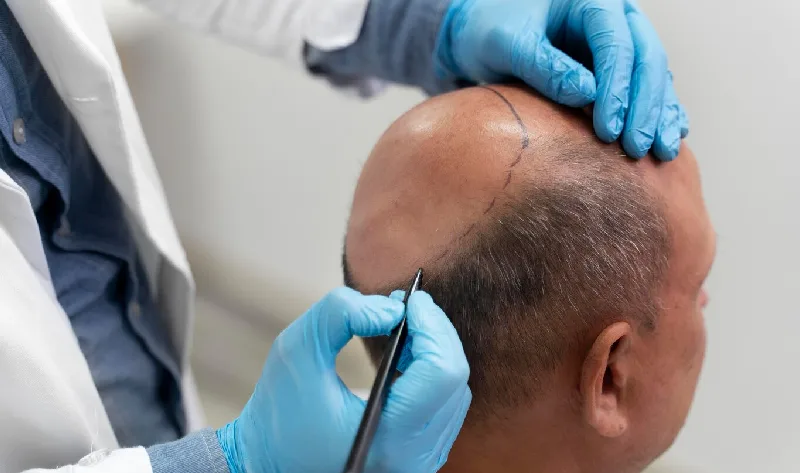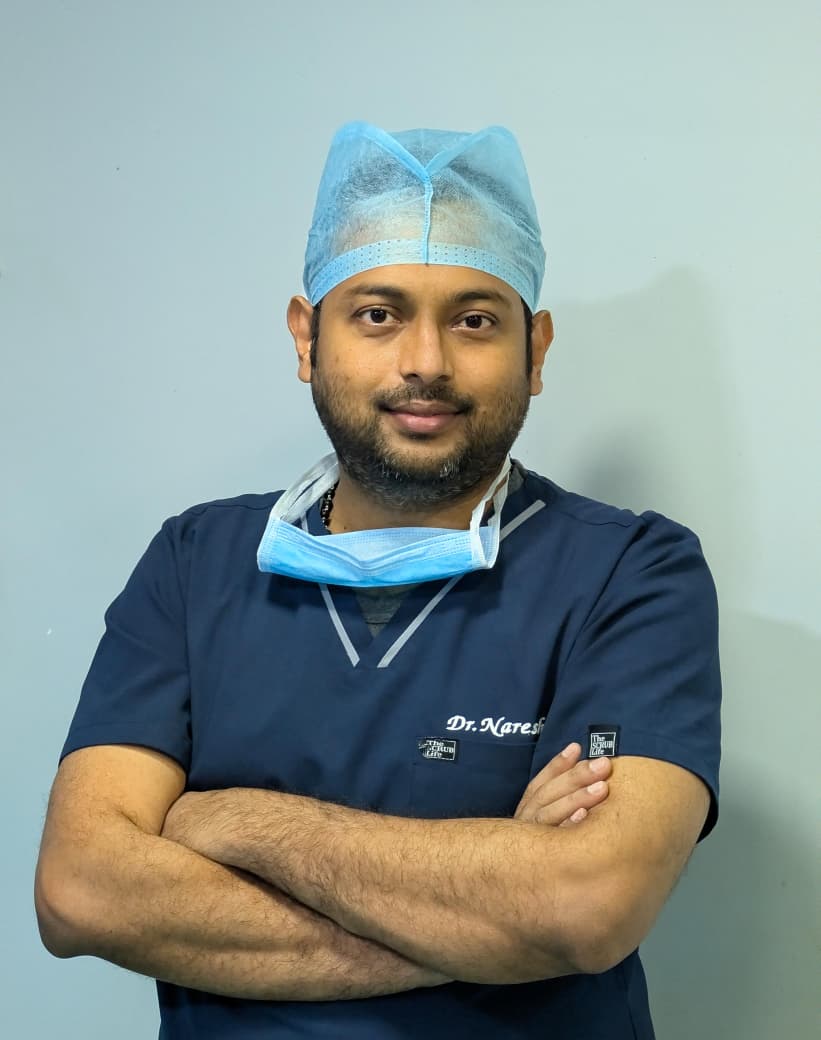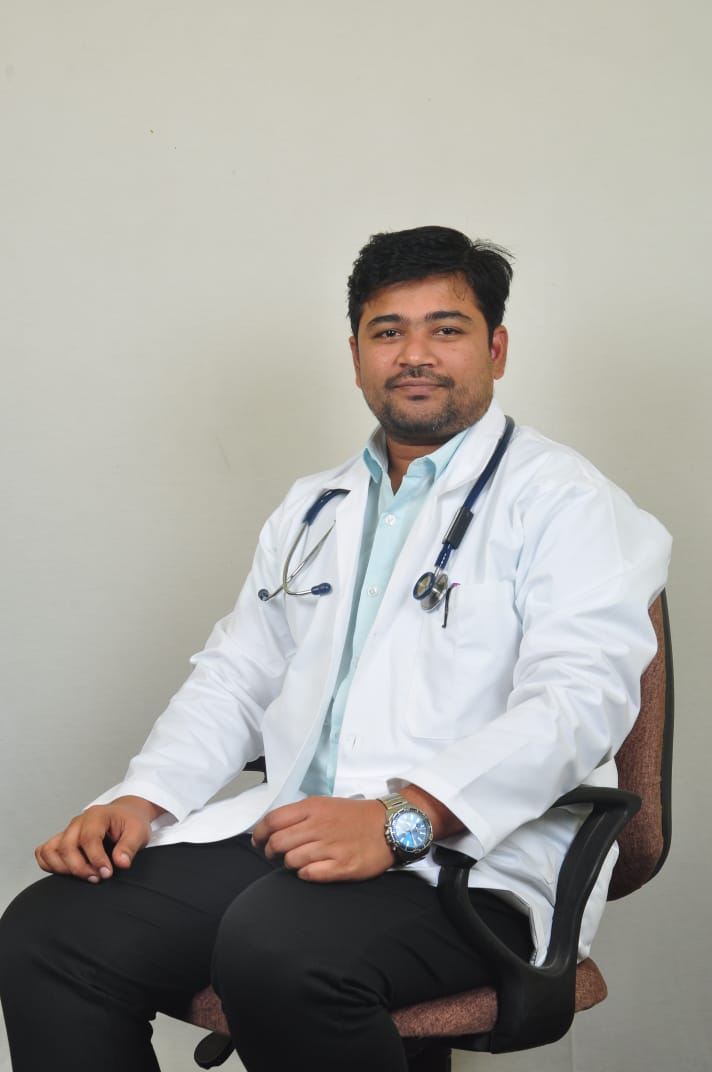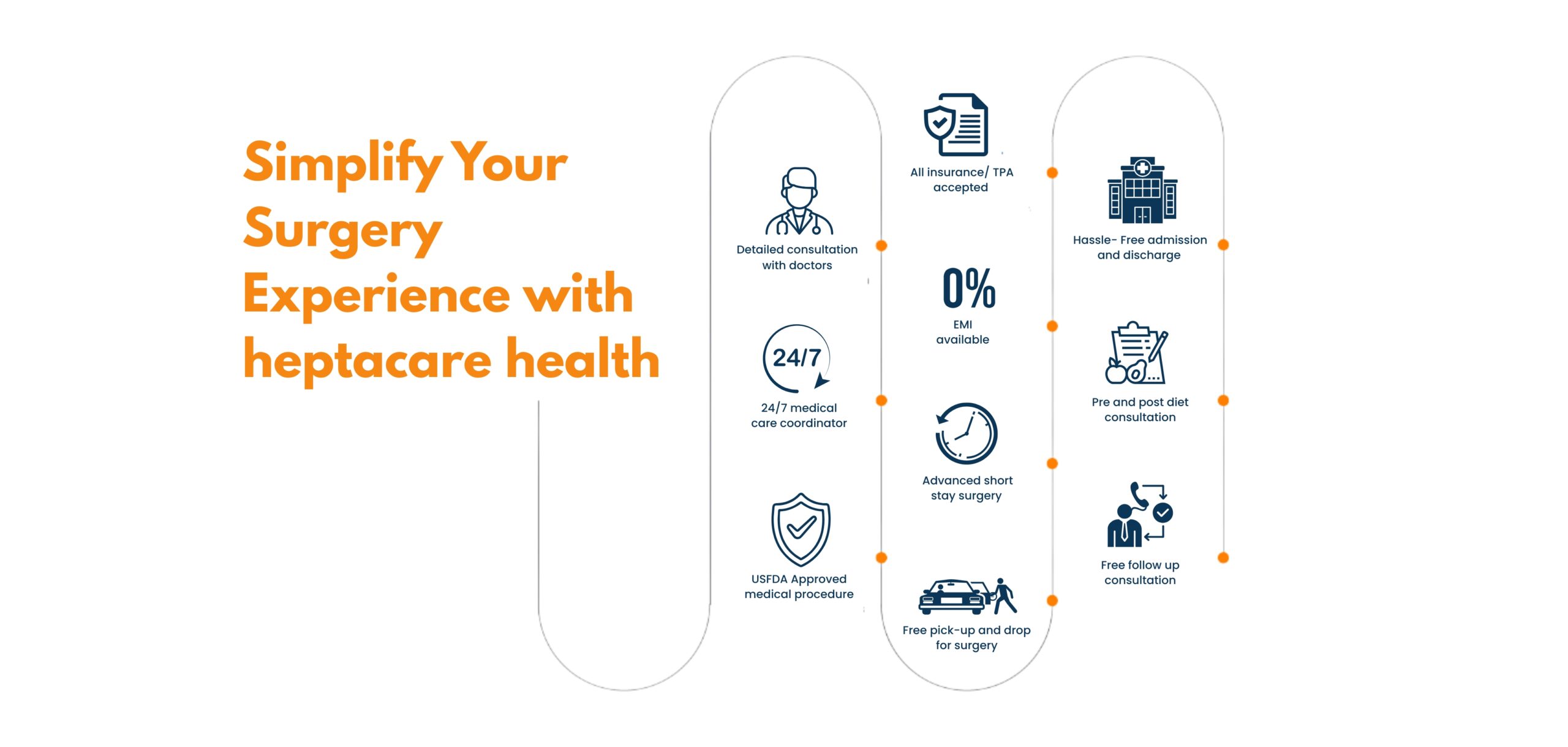A sebaceous cyst is a small, noncancerous lump beneath the skin caused by blocked sebaceous glands, often filled with oily or keratin material.
Platelet-rich plasma (PRP) hair treatment uses your own blood to stimulate hair growth and improve density. It is particularly effective for male and female pattern baldness (androgenetic alopecia). For personalised advice and treatment, consult to our expert doctors at Pristyn Care. Book an appointment today to learn about your options.
Happy Patients
Disease
Hospitals
Cities
Platelet-rich plasma (PRP) treatment for hair fall is a modern way to tackle hair loss using your own blood. It starts with a doctor drawing a small amount of your blood. After that, they spin it in a machine to separate the rich plasma full of platelets, which are tiny cells that help repair tissues and promote growth.
This plasma is then injected into the areas of your scalp where hair thinning or baldness is noticed. The idea is that these platelets kick-start new hair growth and improve the thickness of existing hair. It’s mostly used for those dealing with androgenetic alopecia, which many know as male or female pattern baldness.
The procedure is straightforward and is done on an OPD (out-patient department) basis, meaning you can go home right after it’s done. Many people find PRP hair treatment beneficial because it uses natural components from their body, reducing the risk of adverse reactions. Overall, plasma hair treatment is considered safe and effective, offering hope for those wanting to improve their hair density and thickness.

There are different methods of preparing PRP for hair loss treatments. Here are the main types:
Before starting any hair treatment, your doctor will need to determine the cause of your hair fall. This involves several steps, including:
PRP hair treatment is a popular method for tackling hair loss. Here’s what you can expect during the procedure:
PRP hair treatment is gaining popularity as a promising solution for hair fall. Here’s why it might be the right choice for you:
Preparing for PRP hair treatment involves a few simple steps to ensure the best results:
After getting PRP hair treatment, you can expect some minor discomfort, but following these tips can help you recover smoothly:
While PRP hair treatment is generally safe, it’s important to be aware of some potential risks:


Based on 7721 Recommendations | Rated 4.68 Out of 5
Happy Patients
Clinics
Cities
Surgeries
Doctors
Hospitals

A beard transplant is a cosmetic procedure that restores or enhances facial hair by transplanting hair follicles from the scalp to the beard area.

Vaginoplasty is a surgical procedure that tightens or reconstructs the vaginal canal to improve function, appearance, or both.

A breast lump is a swelling or mass in the breast that can be benign (non-cancerous) or, in some cases, a sign of breast cancer.

A tummy tuck, or abdominoplasty, is a cosmetic surgery that removes excess fat and skin from the abdomen and tightens the muscles for a flatter, firmer tummy.

A double chin is a layer of excess fat beneath the chin, often caused by weight gain, ageing, or genetics, and can be reduced through cosmetic treatments or lifestyle changes.

A sebaceous cyst is a small, noncancerous lump beneath the skin caused by blocked sebaceous glands, often filled with oily or keratin material.

A lipoma is a soft, benign lump made up of fatty tissue that grows slowly under the skin and is usually painless and harmless.

Liposuction is a cosmetic surgery that removes excess fat deposits from specific body areas to improve body shape and contour.

Lipomas are soft, moveable, and grow slowly; imaging may confirm.
No, lipomas usually remain or grow slowly over time.
They can be removed by surgery, liposuction, or sometimes steroid injections.
Yes, some people inherit a tendency to develop multiple lipomas.
● lipoma laser surgery cost in Vizag ● low-cost lipoma surgery in Hyderabad ● cashless lipoma treatment near me ● painless lipoma surgery in Vijayawada ● lipoma treatment with insurance in Vizag ● lipoma removal surgery cost in Hyderabad ● lipoma operation packages in Vijayawada ● affordable lipoma treatment near me ● lipoma laser treatment clinic in Hyderabad ● lipoma doctor consultation charges in Vizag ● best lipoma surgery cost in Vijayawada ● lipoma treatment hospital near me ● lipoma laser operation price in Hyderabad ● low-cost lipoma laser treatment in Vizag ● lipoma removal cost near me ● lipoma treatment with EMI in Vijayawada ● lipoma surgery specialist near me ● lipoma surgery packages in Hyderabad ● lipoma treatment clinic near me ● lipoma laser surgery near me
Disclaimer: **The result and experience may vary from patient to patient.. ***By submitting the form or calling, you agree to receive important updates and marketing communications.
Getting an accurate diagnosis can be one of the most impactful experiences that you can have.

cure with care
Copyright © 2025. All rights reserved.
Consult with our expert surgeon for more than 50+ diseases
Happy Patients
Hospitals
Cities